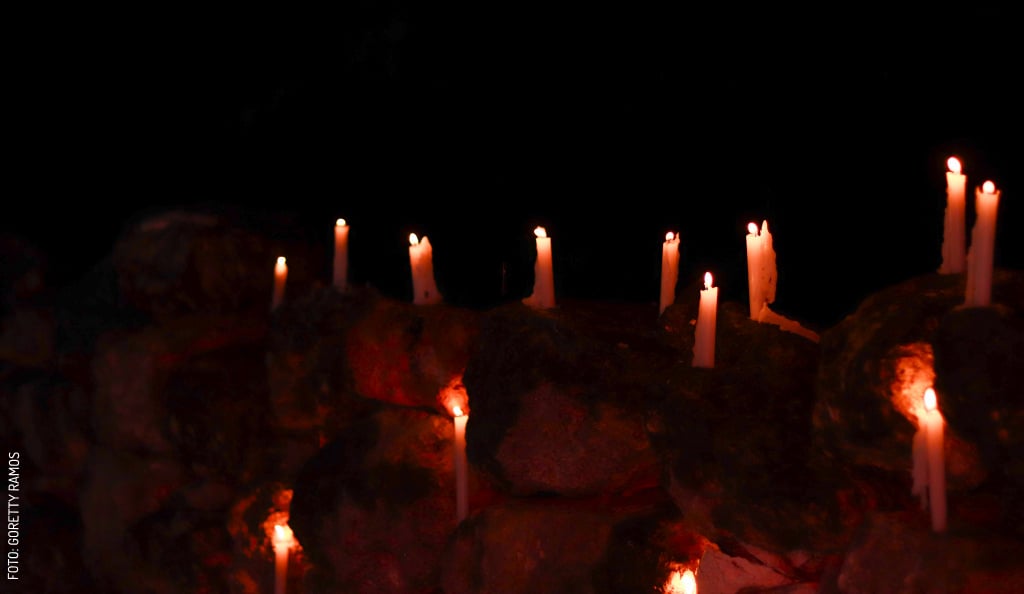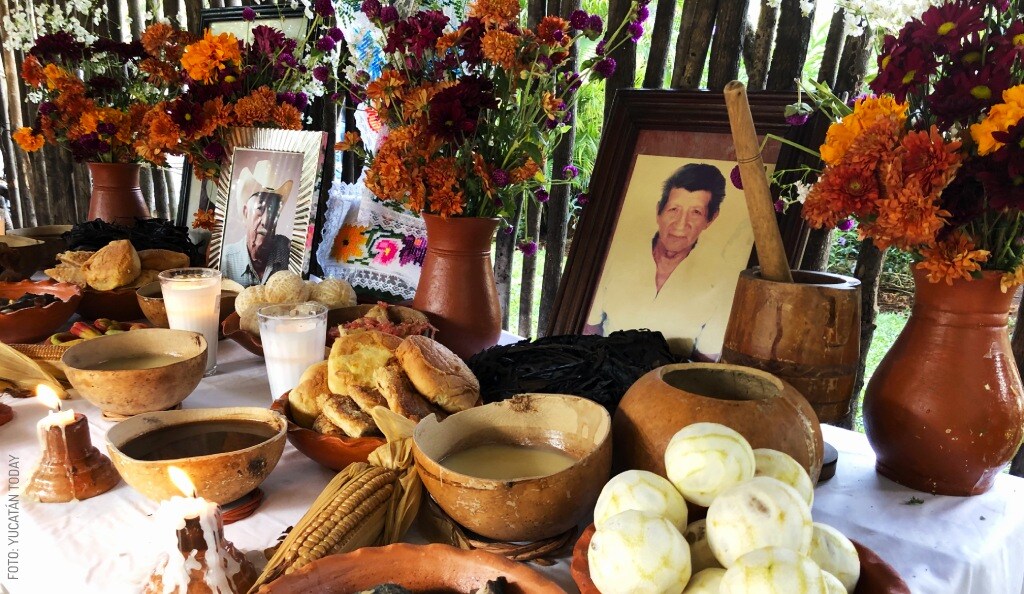
The Authentic Practices of Days of Finados or Janal Pixan
Las auténticas prácticas de los Días de Finados o Janal Pixan
As you may already know, the Yucatán Península was geographically isolated from the rest of México for centuries. This led to beliefs, practices, and traditions that were similar to those in the rest of the country, but at the same time had very distinct and unique characteristics. This is the case with what is known in the rest of México (and now around the world) as Día de Muertos. In Yucatán, it has historically been known as "Días de Finados (Days of the Departed)” and, more recently, Janal Pixan (food for the souls).
Now, with borders blending and cultures coming together, it’s becoming more common to see a mix of traditions in Janal Pixan and Día de Muertos. Dr. Fidencio Briceño Chel, a renowned Maya linguist and researcher (as well as co-author of México’s Norma para la Escritura de la Lengua Maya, or Norm for the Writing of the Maya Language), sheds light on the authentic practices of Días de Finados in a brief presentation (just 12 minutes long) available online on Dr. Briceño's Facebook page.
Here, we've summarized some of his key points.
U k’iinilo’ob finados: The days of finados, by Dr. Fidencio Briceño Chel
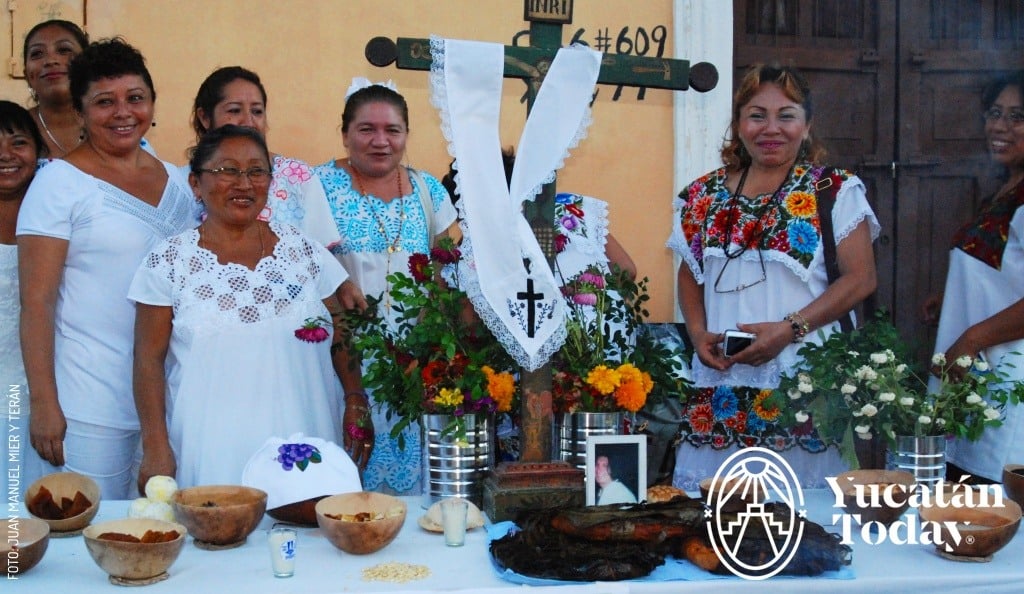
Among the Maya, the commemoration of the faithful departed is a deeply meaningful tradition that symbolizes a reunion with ancestors. It goes far beyond merely placing food on the table, encompassing much more than what is known by tourists as Janal Pixan. This ceremonial act involves several days of preparation, including cleaning the house, washing clothes (so the spirits don’t have to upon their arrival), setting the table, and thoughtfully recalling the favorite dishes of the deceased loved ones who are expected to visit. Their arrival is eagerly awaited with affection, as it’s believed that those who lovingly remember the souls of the departed will be blessed with their protection.
The pixanes (souls, or pixano’ob in Maya) are spoken of as living beings: their advice, teachings, kindness, and even their misdeeds are remembered, because just as they lived on earth, they will be remembered in spirit.
Altars in Yucatán
The offerings with which the souls are welcomed are also a symbolic expression of our affection towards them. While altars have evolved, the traditional setup includes arranging food, sweets, flowers, drinks, and candles all on one level of the table. Some places might add work tools or utensils to the altar to catch the eye of tourists, but this is not something the pixanes appreciate.
The foods and offerings on Yucatán altars

Souls are welcomed and fed with various types of food, placed in clay plates or, alternatively, in jícaras (calabashes); glass or crystal utensils are not used so that the souls do not see themselves reflected in them. Generally, adult souls are offered the dishes they enjoyed when alive; for example, at breakfast, in addition to fresh atole (a cornflour drink) or chocolate, tamales, pastries, or cornbread (since corn is being harvested) are offered, along with seasonal fruits.
At lunchtime, favorite dishes such as relleno negro, chilmole, k’óol (a thick stew also known as pebre), or others they liked are typically prepared. These are accompanied by traditional sweets and seasonal fruits such as jicamas, oranges, and mandarins; this is why xe’ek’ (a salad of jicama with citrus) is an essential part of the offerings. Children are generally offered non-spicy foods, lots of traditional sweets, fruits, and colorful candles; some families also place toys on the table-altar.
At dinner, it’s common to prepare vaporcitos (tamales), pastries, coffee, chocolate, or again, atole.
These dishes are offered to the souls to welcome them upon their arrival, so they can enjoy them during the time they will spend in our homes, accompanied by and accompanying the family
Food in the biix, ochovario, or ochavario
In contrast, the offerings placed on the eight-day or biix (ochovario or ochavario) are prepared specifically so that the soul can take them back to their resting place. Therefore, dry food is preferred. This is when pib or mukbilpollo, the traditional tamal baked underground, is offered. Some families also include other types of tamales and píibinales (corn cooked underground), which are also considered favorites of the departed souls due to their connection with the earth and its aromas.
Colors on Yucatán altars

Colors are a big part of the celebration, especially when it comes to flowers. For instance, seasonal blooms like xpujuk (Bidens sulphurea) are often used for their bright yellow color, which is perfect for welcoming the faithful departed. You’ll also see other flowers, such as globe amaranth (Gomphrena globosa) in purple, and various white or yellow blooms, including local marigold varieties. These flowers are arranged to enhance the overall setup, welcoming the pixanes with vibrant colors, beauty, and of course, the fragrance of these flowers.
It is also said that the tree known as báalcheʼ (Lonchocarpus violaceus) blooms to welcome the souls with its characteristic purple color and sweet scent.
Welcoming the departed: A part of Maya identity
Thus, the food and welcoming of the departed is not merely a folkloric tradition, but a moment in the annual Maya cycle that helps us honor and keep alive our worldview: death is a part of life, and by welcoming our ancestors, we show them that our love for those who have passed away continues to thrive.
Keeping the connection with our ancestors alive helps make sure their lessons and knowledge stay meaningful. This way, there's always a continuous and heartfelt exchange between those who have passed on and us who are still on this Earth.
Watch the full presentation in Dr. Fidencio Briceño’s own words on his Facebook page: https://yuc.today/finados-FBC
According to the Enciclopedia de la Literatura en México, Dr. Fidencio Briceño Chel is a linguist, academic, researcher, translator, editor, and Maya radio host. He holds a degree in Linguistics and Literature from the Autonomous University of Yucatán (UADY), a Master’s degree with a specialization in Linguistics from the National School of Anthropology and History (ENAH), and a PhD in Anthropological Linguistics from the National Autonomous University of México (UNAM). He is a professor-researcher at the National Institute of Anthropology and History’s Yucatán Center and the coordinator of its Linguistics Section.
Photography by Alejandro Poot Molina and for its use in Yucatán Today.
First published in Yucatán Today print and digital magazine no. 442, in October 2024.
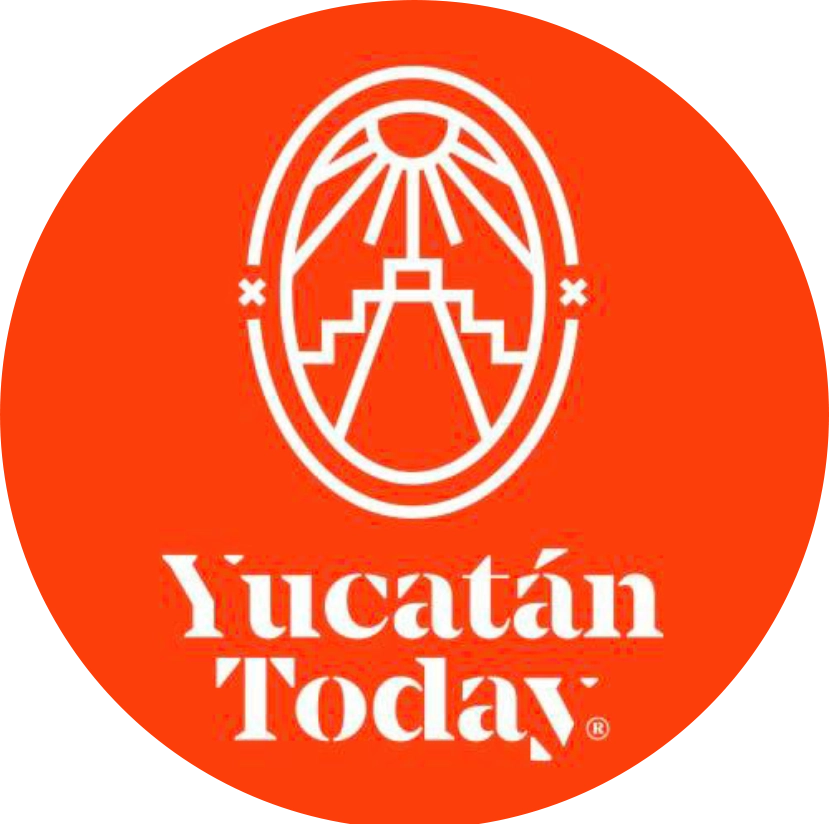
Author: Yucatán Today
Yucatán Today, the traveler's companion, has been covering Yucatán’s destinations, culture, gastronomy, and things to do for 37 years. Available in English and Spanish, it’s been featured in countless travel guides due to the quality of its content.
In love with Yucatán? Get the best of Yucatán Today delivered to your inbox.
Related articles
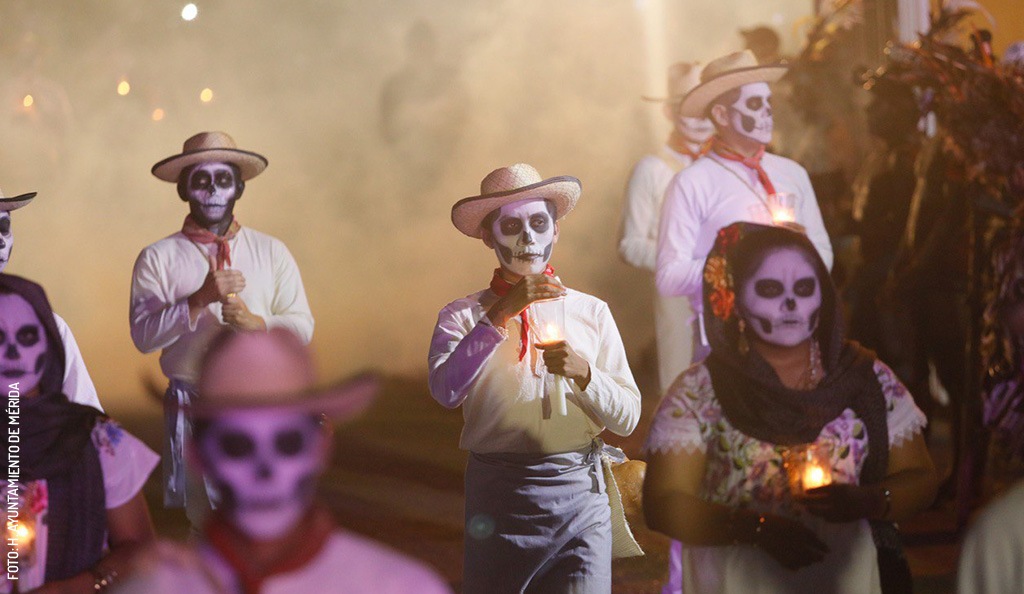
Janal Pixan in Yucatán
Enter the magic of Janal Pixan in Yucatan, learn about the rituals, altars and delicious foods of this celebration.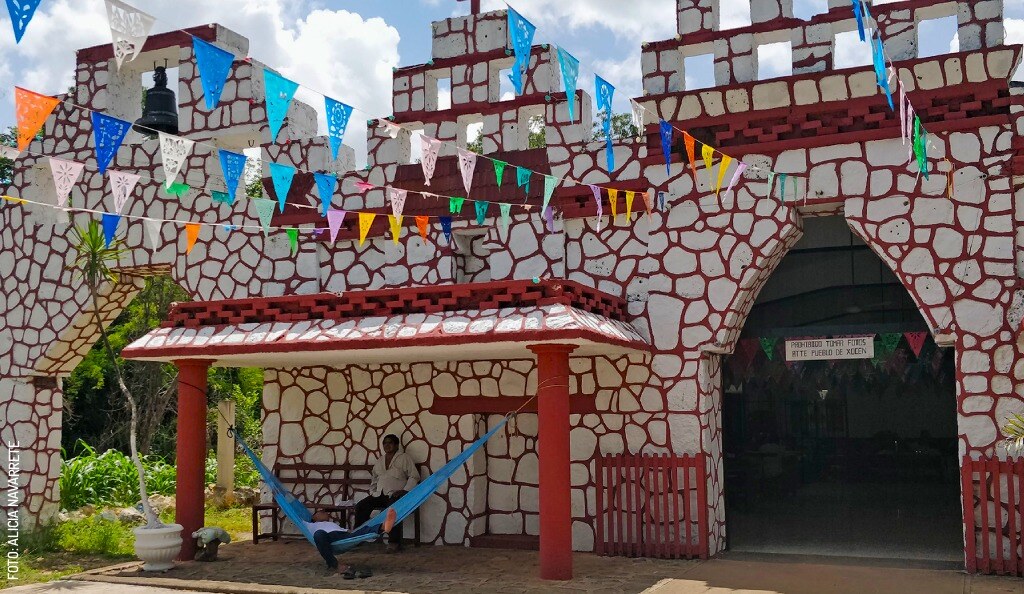
Janal Pixan celebrations in Yucatán villages: Xocén and Tabi
Join us to learn how Janal Pixan is celebrated in Xocén and Tabi, two towns with very different traditions, from the dates to the offerings.